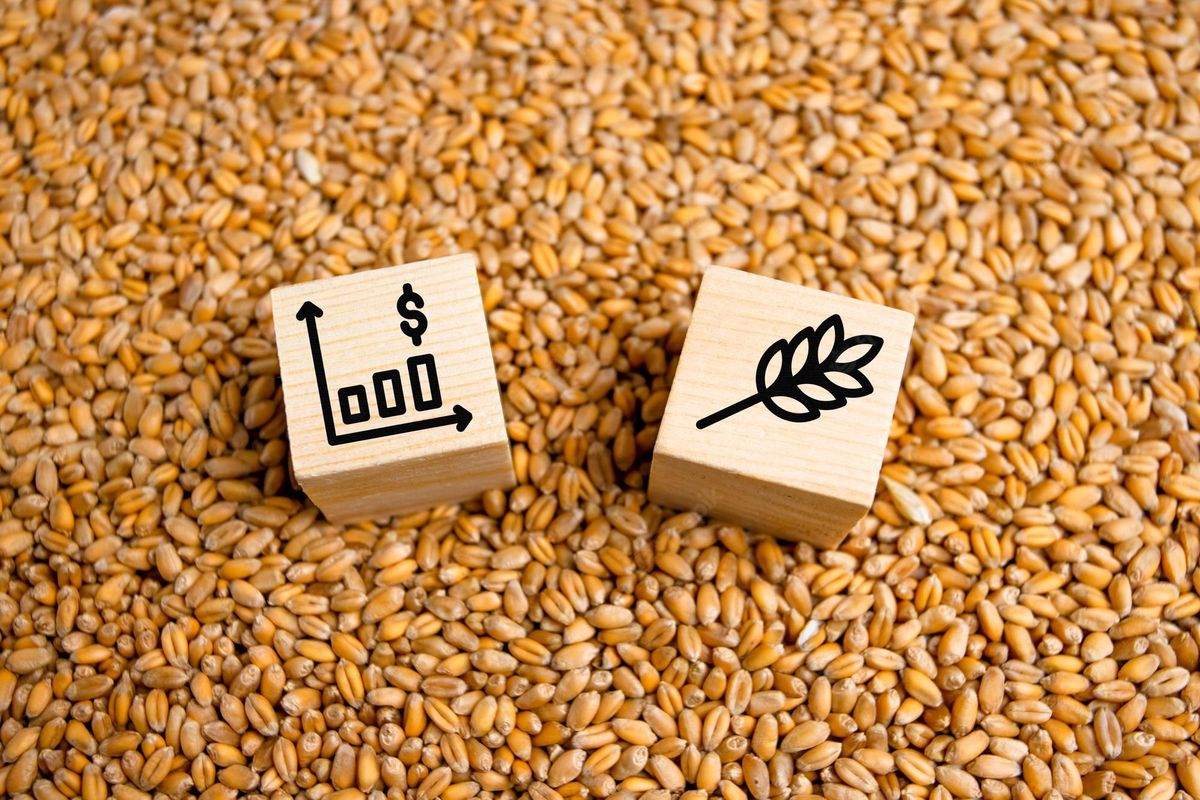Traders amass big bet on falling grain prices after bumper harvests

Commodity traders have increased their bets on a slump in grain prices as bumper harvests lead to a global supply glut of corn, wheat and soyabeans.
Hedge funds and other speculators have accumulated a net short position of 546,000 futures contracts across the three crops, the largest negative bet in nearly 20 years, according to the latest figures from the US Commodity Futures Trading Commission.
The size of the wagers has grown as prices have tumbled due to rising production in agricultural powerhouses including Brazil, Russia and the US.
Corn futures on the Chicago Mercantile Exchange fell as low as $4.22 per bushel and wheat below $5.72 per bushel on Tuesday, down by about 50 per cent from the highs they hit in May 2022.
Soybeans fell as low as $11.46 per bushel, down from more than $17 in the same month.
“Such a long-running negative trend attracts short sellers,” said Ole Hansen, head of commodity strategy for Saxo Bank. “As long as the market remains in a downward trend, the short will be maintained and potentially even strengthened,” he said.
The current price slump marks a sharp reversal from 2022 when prices of corn, wheat and soyabeans soared following Russia’s full-scale invasion of Ukraine, one of the world’s largest grain exporters. This sparked a hunger crisis in poorer parts of the world and drove up the cost of food for consumers in rich countries.

However, the high prices encouraged grain farmers to increase their crop acreage.
Brazil produced a bumper crop of corn and soyabeans last year while Russia exported a record amount of wheat last year.
Ukraine has managed to continue to ship most of its crop, despite Russia’s blockade of its Black Sea ports.
“Grain and oil seeds prices are in a sort of race to the bottom . . . because exporters are digging themselves out of massive harvests,” said Michael Magdovitz, senior commodity analyst at Rabobank, adding that this would eventually mean falling prices for goods on supermarket shelves.
While hedge funds increase their wager on falling prices, commercial players, who buy physical grain not just futures, have increased their net long positions — bets on rising prices — according to analysts.
Farmers are typically short in the futures market, because they lock in prices for future crops to hedge against price drops.
Now, though, they are holding on to grain and betting on prices rising, “because the price absolutely sucks so nobody is selling, and if nobody is selling, nobody is planting”, said Magdovitz.
This lack of planting was likely to lead to an eventual rebound in prices, he added, saying that a net long position among food producers had in the past always preceded a rally.
Growers in the US have reduced their corn acreage by 4 per cent and wheat acreage by 5 per cent compared with last year, according to the latest figures from the US Department of Agriculture.
Less predictable weather because of climate change as well as geopolitics mean current trends could swiftly change, according to analysts.
The huge speculative bets in these markets mean that when “the bounce occurs, it may end up being bigger than what the fundamentals will justify”, said Hansen.
Hedge funds “will maintain a short position until the technical or the fundamental outlook tells them not to and that basically leaves the market open to a phenomenal squeeze to the upside”, he added.
Read also
Port investments by China in Latin America are reshaping the soybean market
EU introduces “carbon border tax”
Ukraine’s grain exports down one-third in first half of MY 2025/26
US sharply reduces tariffs on Italian pasta after review
Soybean quotes in Chicago continue to fall under pressure from fundamental factors
Write to us
Our manager will contact you soon



